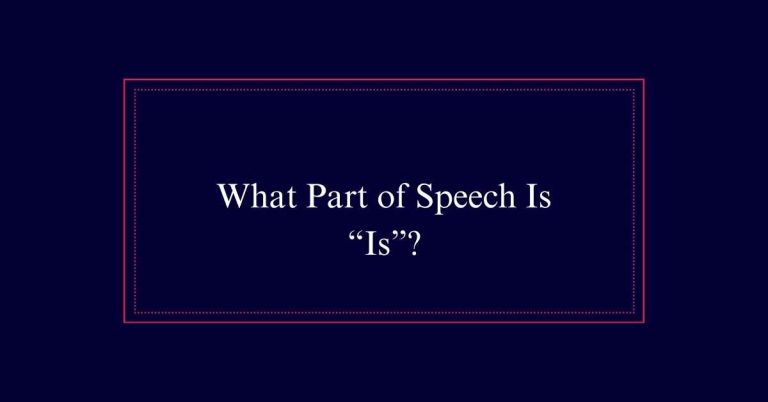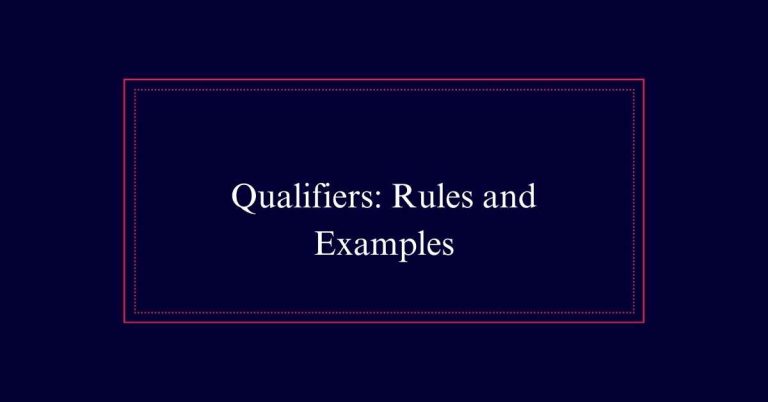Imperative Verbs
Imperative verbs are used to issue commands, requests, or instructions. They are often called command words or bossy verbs and prompt actions the speaker wants the listener to perform. These verbs typically stand alone in sentences and are usually in the simple present tense with the subject “you” implied. Imperative sentences can be direct, indirect, polite with “please,” or firm.
Definition of Imperative Verbs
Imperative verbs are verbs that issue commands, requests, or instructions. They are often called command words or bossy verbs. These verbs prompt actions the speaker wants the listener to perform.
For instance, in the sentence ‘Close the door,’ the word ‘close’ is an imperative verb. Imperative verbs are typically found in imperative sentences, which give direct orders or requests. They can also be softened in tone by adding ‘please,’ as in ‘Please pass the salt.’
Importantly, imperative verbs can operate without a stated subject, as the subject is usually implied to be ‘you.’ Examples include ‘Sit down,’ ‘Run fast,’ and ‘Read this book.’ Their primary function is to direct actions or provide guidance.
Characteristics of Imperative Verbs
Command verbs exhibit distinct features that set them apart from other verb forms. They are primarily used to issue commands, requests, or instructions. Imperative verbs often stand alone in sentences and usually appear in the simple present tense.
The subject of imperative sentences is typically implied and understood to be ‘you.’ This makes the sentences direct and clear. When softened with ‘please,’ the tone becomes more polite. Imperative verbs can also be negative, instructing someone not to do something.
They are essential in giving clear and direct instructions, making them vital in both spoken and written communication.
Types of Imperative Sentences
Although imperative sentences primarily issue commands, they can be categorized into different types based on their tone and purpose.
Direct imperatives give clear, straightforward instructions, such as ‘Close the door.’
Indirect imperatives suggest or advise actions, like ‘You might want to check that email.’
Soft imperatives are polite requests, often using ‘please,’ for example, ‘Please pass the salt.’
Strong imperatives convey firm commands, which can be more forceful, such as ‘Stop talking!’
Each type of imperative sentence serves a unique function and can vary in intensity.

Commands Vs. Statements
In the English language, distinguishing between commands and statements is crucial for clear communication. Commands, also known as imperative sentences, instruct someone to perform an action. They often start with a verb and omit the subject, as in ‘Close the door.’
Statements, or declarative sentences, provide information or express an opinion. They usually follow a subject-verb-object structure, such as ‘The door is closed.’
Understanding the difference helps prevent misunderstandings. Commands require immediate action, while statements convey facts or beliefs. For example, ‘Turn off the light’ (command) is different from ‘The light is off’ (statement).
Questions Vs. Commands
Understanding the distinction between questions and commands is crucial for effective communication. Questions seek information, while commands issue directives. Recognizing the difference guarantees clarity and appropriateness in conversation.
Commands often start with an imperative verb, implying the subject ‘you.’ For example, ‘Close the door.’ They convey actions to be completed.
On the other hand, questions typically begin with an auxiliary verb or a question word, inviting a response. For example, ‘Can you close the door?’
Key differences include:
- Structure: Commands begin with a verb; questions start with an auxiliary or question word.
- Purpose: Commands direct; questions seek information.
- Tone: Commands assert; questions inquire.
Exclamatory Vs. Imperative
Exclamatory and imperative sentences each serve unique functions in communication. Exclamatory sentences express strong emotions or excitement, often ending with an exclamation mark. Imperative sentences issue commands, requests, or instructions, usually starting with a verb.
| Type | Function |
|---|---|
| Exclamatory | Expresses strong emotions |
| Imperative | Issues commands or requests |
| Exclamatory | Ends with an exclamation mark |
| Imperative | Often starts with a verb |
For example, “What a beautiful day!” is exclamatory, showing excitement. In contrast, “Close the door.” is imperative, giving a directive.
Building Imperative Sentences
Constructing imperative sentences involves selecting a verb that clearly directs the desired action. To build effective imperative sentences, start with a strong, clear verb. The verb should be in the simple present tense and in the active voice. Imperative sentences often omit the subject, as it is implied to be ‘you.’
Consider these key points when constructing imperative sentences:
- Verb Placement: Begin the sentence with the imperative verb for immediate clarity.
- Tone: Adjust the tone by adding polite words like ‘please’ to soften commands.
- Adverb Usage: Include adverbs to specify how the action should be performed.
Examples of Imperative Verbs
Imperative verbs, frequently used to issue commands or requests, are essential in daily interactions and instructional contexts. Examples of direct imperatives include phrases like ‘Turn right,’ ‘Hand me the phone,’ and ‘Clean your room!’ These commands are clear and straightforward.
Indirect imperatives, such as ‘Consider this option,’ provide suggestions rather than direct orders. Soft imperatives, like ‘Please pass the salt,’ are polite requests. Strong imperatives, such as ‘Stop immediately!’ convey urgency and firmness.
These examples highlight the versatility of imperative verbs in conveying different levels of directive force.
Imperative Verbs in Advertising
In addition to everyday communication, imperative verbs play a significant role in advertising. Advertisers use these verbs to create strong calls to action that encourage consumers to take immediate steps. These commands can be found in various forms of media, from online ads to billboards.
Key reasons why imperative verbs are effective in advertising include:
- Direct Engagement: They address the audience directly, prompting immediate interaction.
- Clarity: They deliver clear, concise instructions, leaving no room for ambiguity.
- Urgency: They create a sense of urgency, motivating quick responses.
Common Mistakes to Avoid
Proper use of imperative verbs is essential to avoid misunderstandings and promote effective communication. One common mistake is omitting context, leaving the listener confused about what to do.
Additionally, failing to use a polite tone when necessary can come off as rude or demanding. Overusing imperative verbs in conversation can also be problematic, making the speaker seem overly bossy.
Another frequent error is neglecting to provide clear and specific instructions, which can lead to incomplete tasks. Finally, using imperative verbs inappropriately, such as in formal writing where commands are not suitable, can diminish professionalism.
Always consider your audience and context to make sure your commands are understood and well-received.







